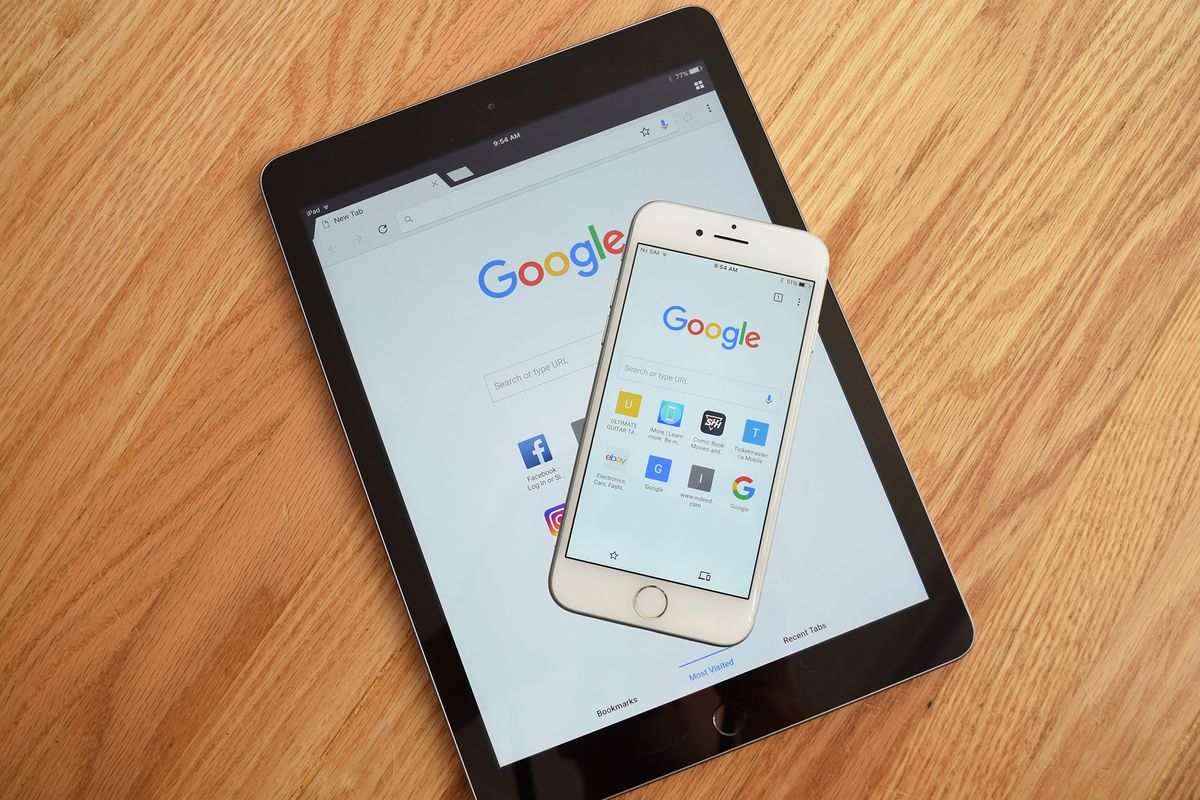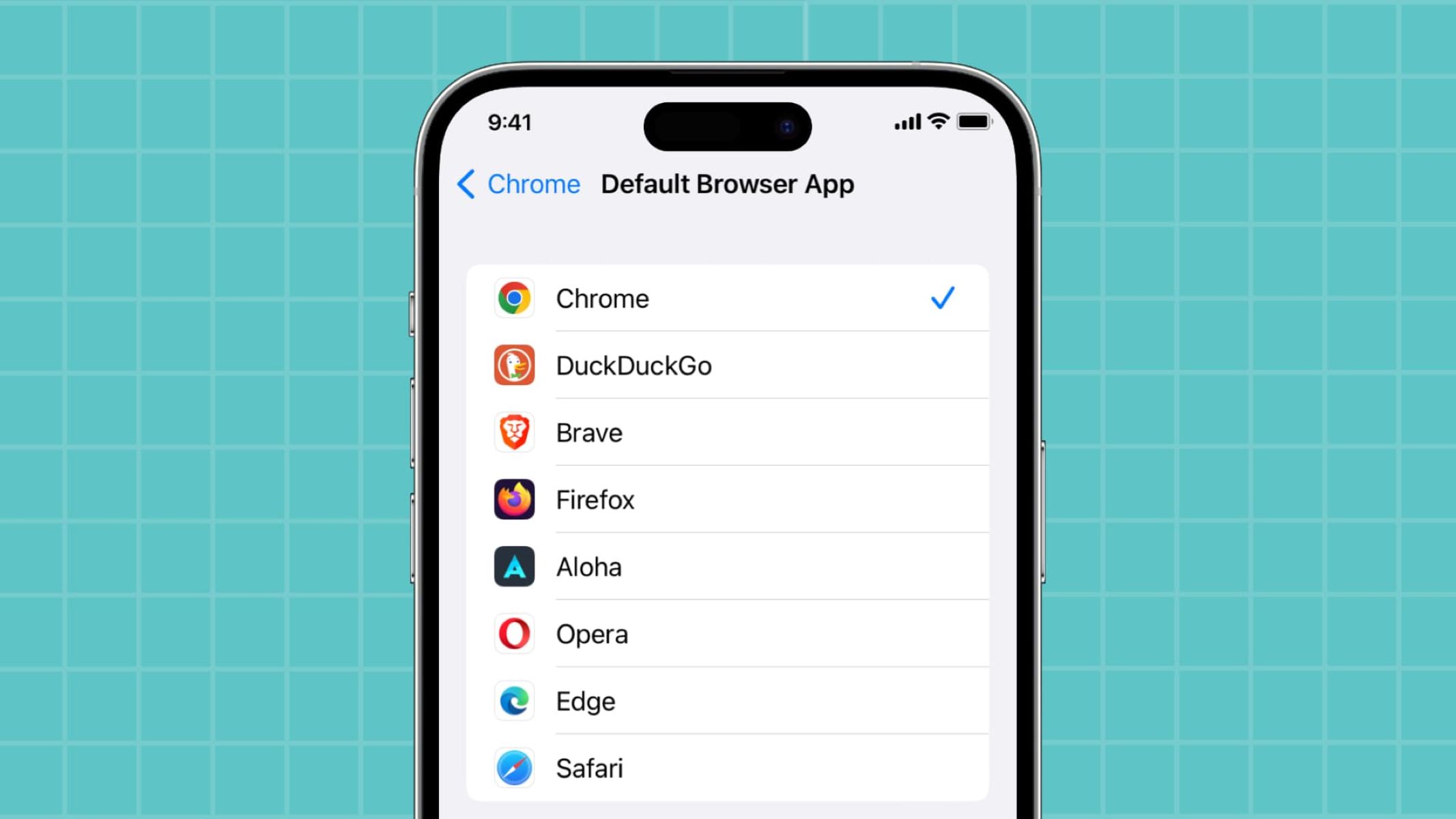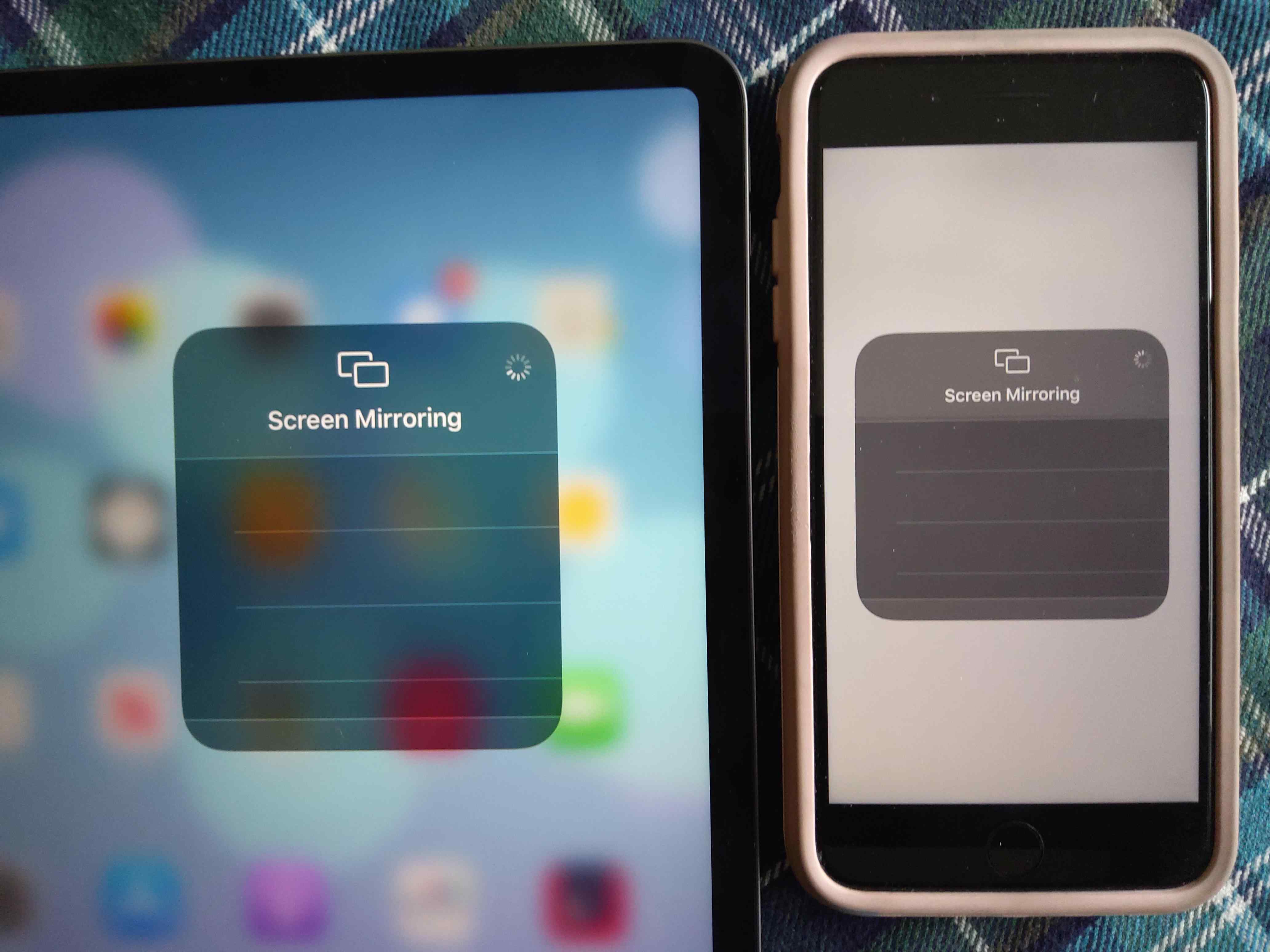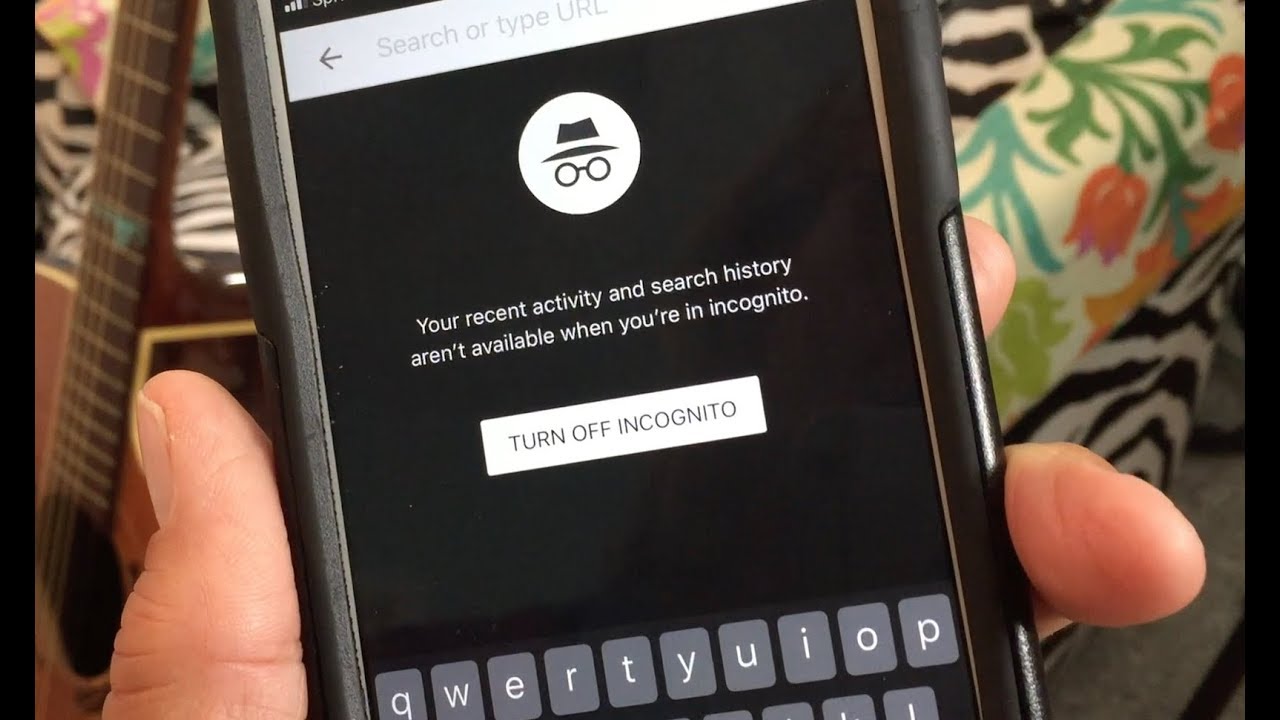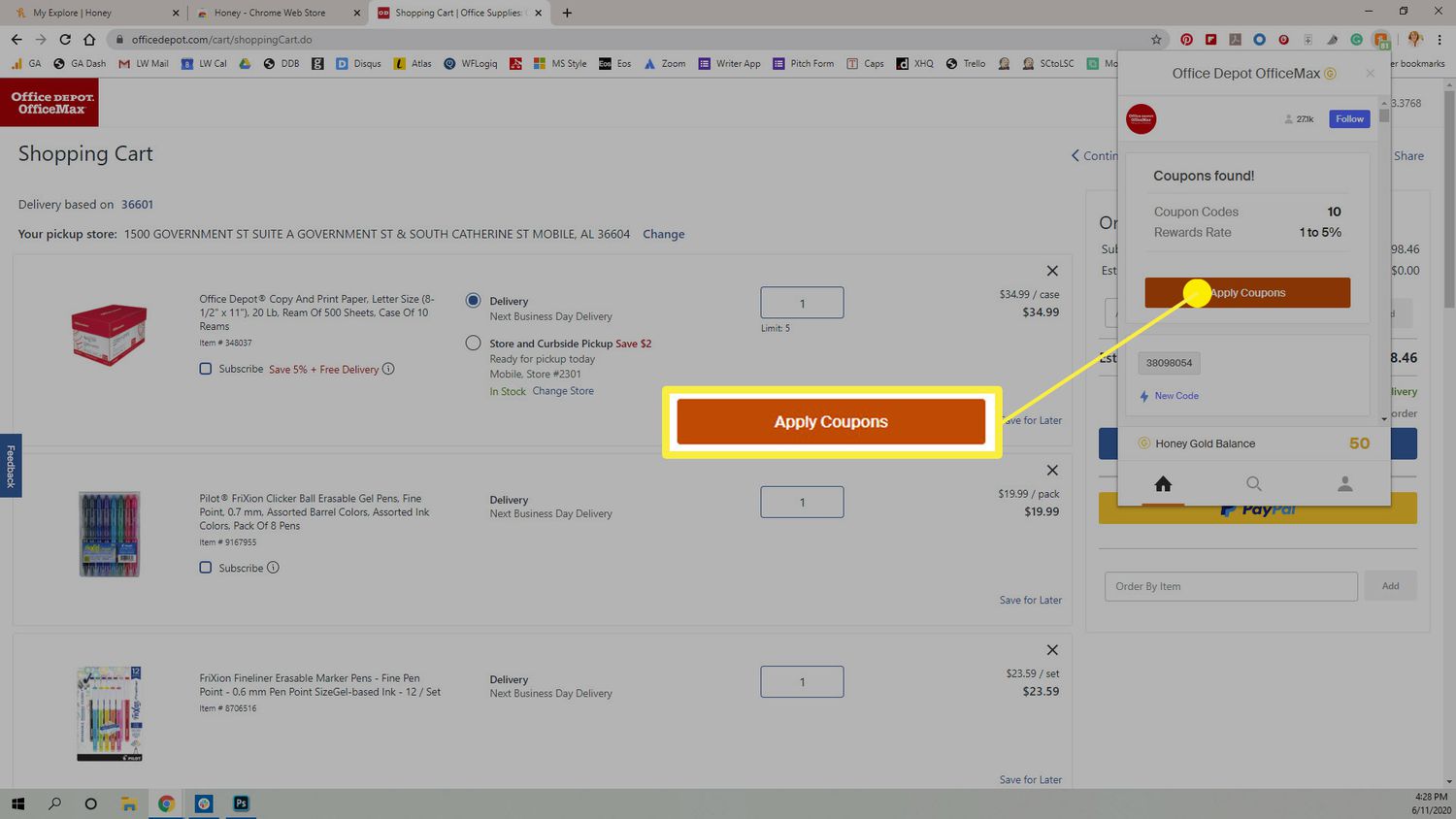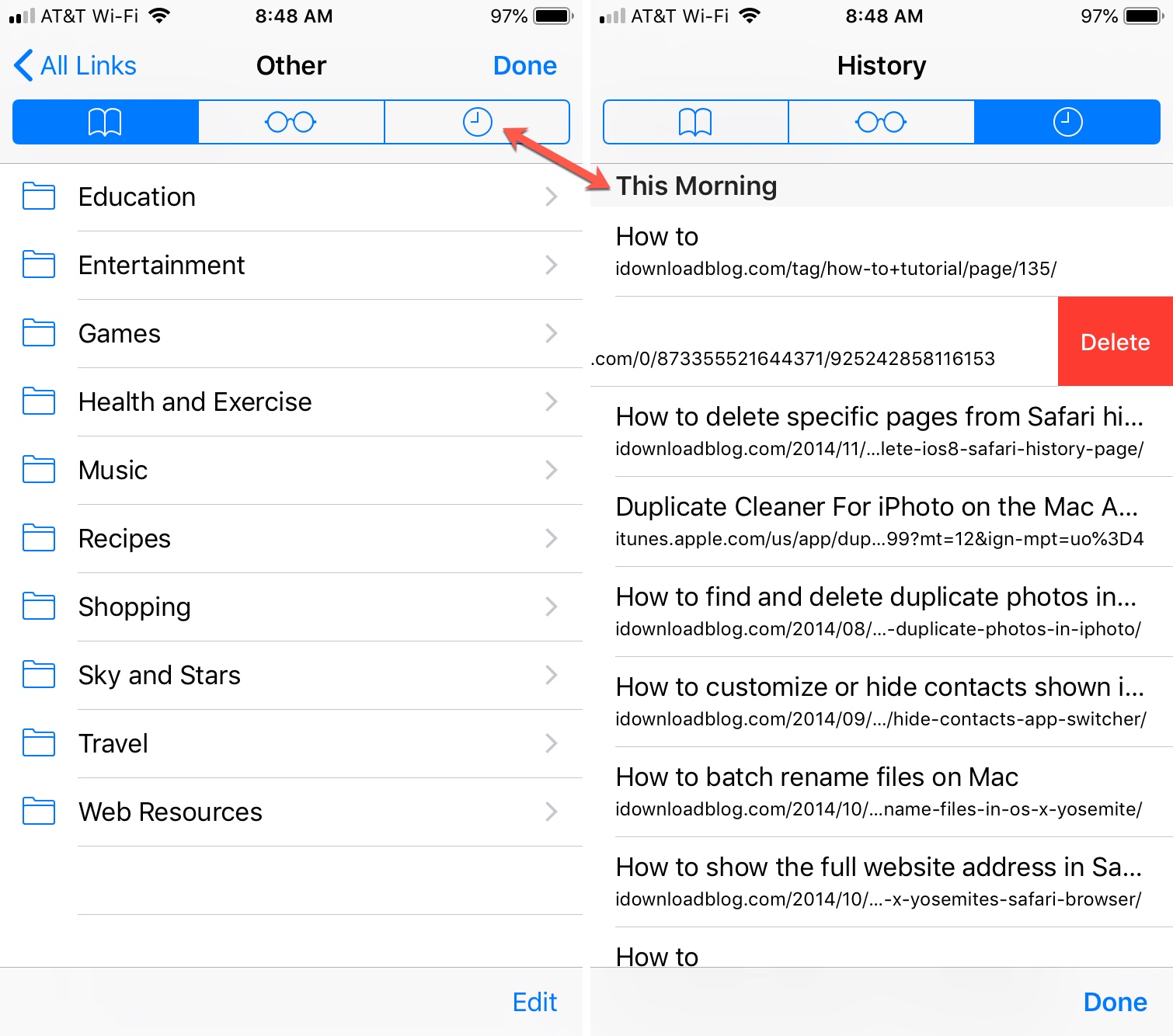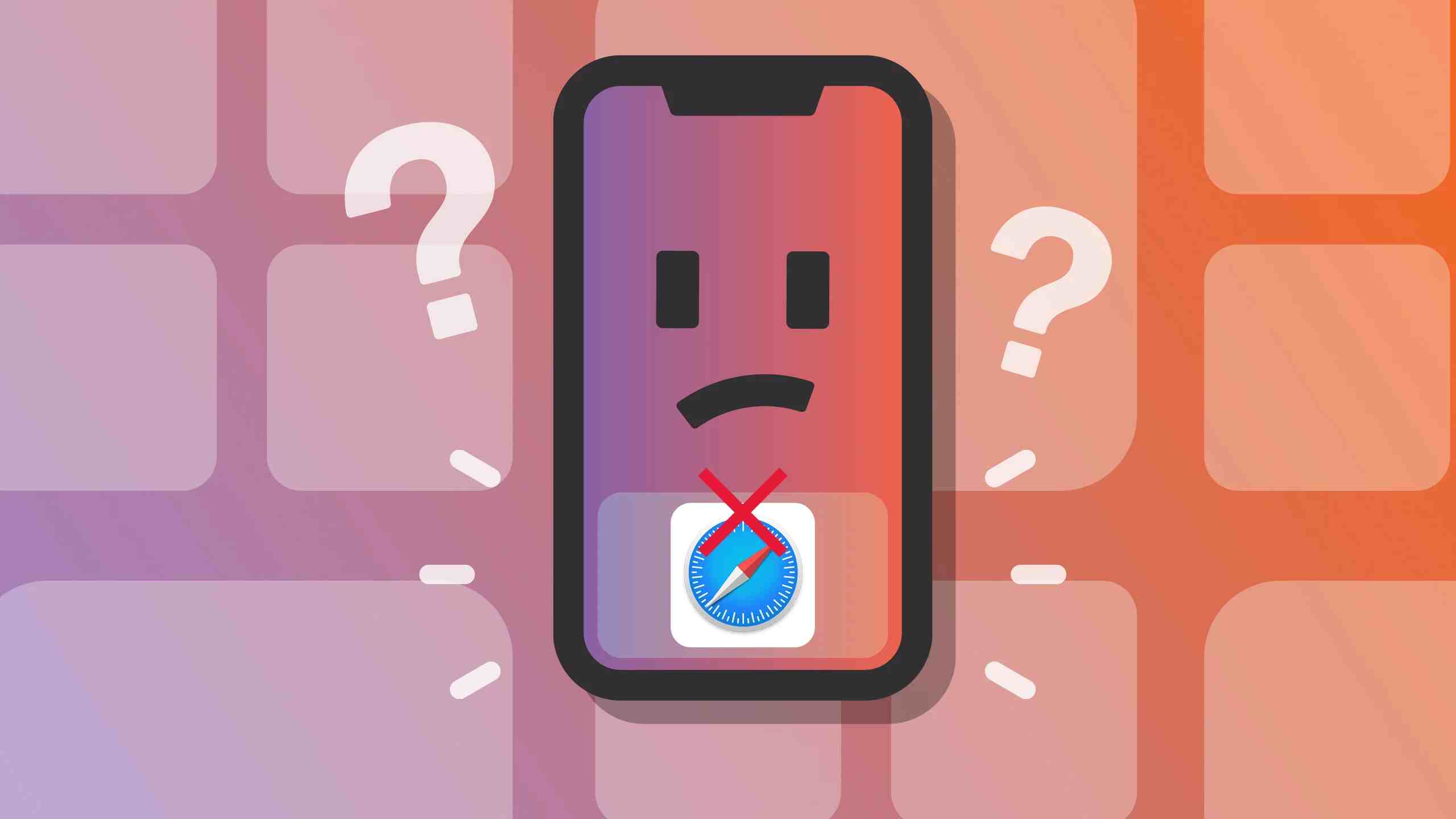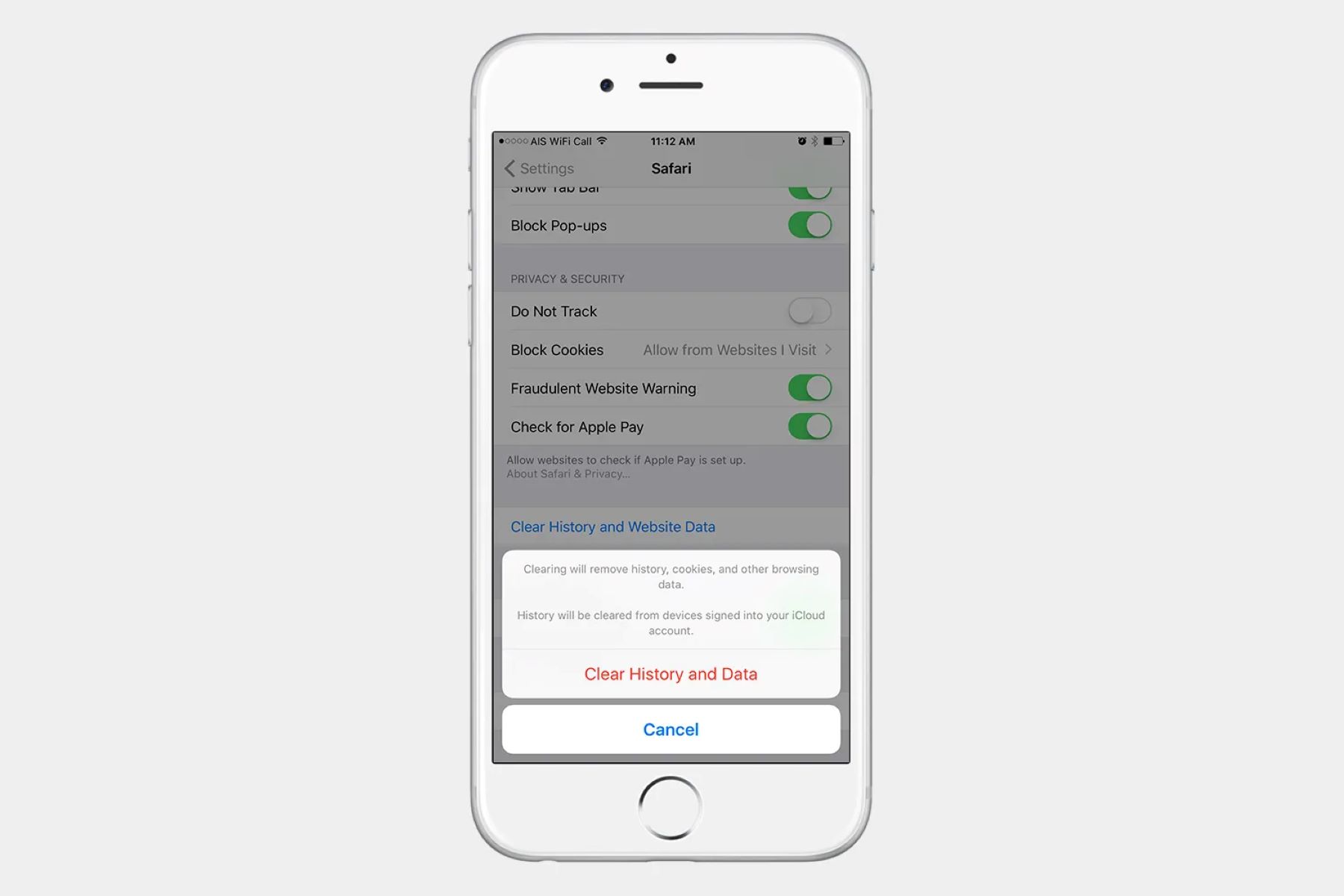Introduction
When it comes to browsing the web on your iPhone using the Chrome browser, you may encounter instances where you need to allow pop-ups to access certain content or features. Pop-ups can be used for a variety of purposes, such as displaying important information, facilitating interactions with websites, or enabling specific functionalities. However, by default, pop-ups are often blocked in the Chrome browser to enhance user experience and security. While this is beneficial in preventing intrusive or malicious pop-ups, there are times when you may need to enable them to fully utilize a website's features or access specific content.
In this guide, we will walk you through the process of allowing pop-ups on the Chrome browser for iPhone. Whether you need to enable pop-ups for a particular website, online service, or interactive feature, understanding how to adjust these settings can greatly enhance your browsing experience. By following the simple steps outlined in this tutorial, you will gain the ability to manage pop-ups according to your preferences, ensuring a seamless and personalized browsing experience on your iPhone.
So, if you've ever encountered a situation where you were unable to access certain content or features due to blocked pop-ups, fear not! With the following steps, you'll be equipped with the knowledge to effortlessly enable pop-ups on your iPhone's Chrome browser, empowering you to make the most of your browsing sessions. Let's dive into the process and unlock the potential of pop-ups on Chrome for iPhone!
Step 1: Open Chrome Settings
To begin the process of allowing pop-ups on the Chrome browser for iPhone, you first need to access the browser's settings. This initial step is crucial as it provides you with the necessary entry point to configure various aspects of the browser, including the handling of pop-ups.
-
Launch the Chrome App: Locate the Chrome app icon on your iPhone's home screen or within your app library. Tap on the icon to open the Chrome browser.
-
Access the Menu: Once the Chrome browser is open, look for the three-dot menu icon located in the top-right or bottom-right corner of the screen. This icon represents the Chrome menu and serves as the gateway to a range of browser settings and features.
-
Tap on the Menu Icon: With the menu icon in sight, tap on it to reveal a dropdown menu containing a selection of options and features. This action will open up a world of possibilities, allowing you to customize your browsing experience to suit your preferences.
-
Navigate to Settings: Within the dropdown menu, locate and tap on the "Settings" option. This will direct you to the Chrome settings interface, where you can delve into a multitude of configurations and adjustments to tailor your browsing environment.
By successfully completing this step, you have gained access to the Chrome browser's settings, setting the stage for the subsequent steps that will enable you to manage pop-ups according to your preferences. With the settings now at your fingertips, you are ready to proceed to the next phase of the process, where you will further refine the browser's behavior to accommodate pop-ups as needed.
Step 2: Tap on Content Settings
After successfully accessing the Chrome browser's settings in the previous step, the next pivotal stage in enabling pop-ups on your iPhone's Chrome browser involves navigating to the "Content Settings" section. This step is essential as it allows you to delve deeper into the browser's configurations, specifically focusing on content-related preferences and permissions.
Upon entering the Chrome settings interface, you will encounter a range of options and features designed to empower you with control over your browsing experience. To proceed to the "Content Settings" section, follow the detailed steps outlined below:
-
From the Chrome settings interface, scroll through the available options to locate and tap on the "Privacy" category. This category encompasses a spectrum of settings related to privacy, security, and content permissions, providing you with the means to customize your browsing environment according to your preferences.
-
Within the "Privacy" category, you will find the "Content Settings" option. Tap on this option to access a comprehensive array of content-related configurations, including permissions for pop-ups, cookies, JavaScript, and more. By entering the "Content Settings" section, you are granted the ability to finely tune the behavior of the Chrome browser, ensuring that it aligns with your specific requirements and preferences.
-
Once inside the "Content Settings" interface, you will be presented with a wealth of options to manage how various types of content are handled by the browser. This includes the ability to enable or disable pop-ups, control access to location information, manage notifications, and customize site-specific settings. By navigating through these options, you can tailor the browser's behavior to suit your individual needs, thereby enhancing your browsing experience and ensuring seamless interaction with websites and online services.
By successfully tapping on the "Content Settings" option within the Chrome settings interface, you have ventured deeper into the realm of browser configurations, gaining access to a multitude of content-related settings and permissions. This pivotal step sets the stage for the subsequent phase of the process, where you will specifically focus on enabling pop-ups to accommodate your browsing requirements. With the "Content Settings" now within reach, you are poised to proceed to the next step, where you will take definitive action to enable pop-ups on your iPhone's Chrome browser.
Step 3: Enable Pop-ups
As you delve into the realm of content settings within the Chrome browser on your iPhone, the pivotal stage of enabling pop-ups emerges as a crucial aspect of customizing your browsing experience. By allowing pop-ups, you open the door to seamless interactions with websites, access to specific content, and the utilization of interactive features that may enhance your overall browsing experience. To embark on this essential step, follow the detailed instructions outlined below:
-
Locate the Pop-ups Setting: Within the "Content Settings" interface, navigate through the array of content-related configurations until you find the specific setting for pop-ups. This setting is pivotal in determining how the Chrome browser handles pop-up windows initiated by websites and online services. Once you have located the pop-ups setting, tap on it to access the corresponding options and permissions.
-
Toggle the Pop-ups Option: Upon entering the pop-ups setting, you will be presented with a toggle or switch that allows you to enable or disable pop-ups according to your preferences. To enable pop-ups and grant the browser permission to display them when necessary, simply toggle the corresponding option to the "on" or "enabled" position. This definitive action signals to the Chrome browser that you are open to receiving pop-up windows as part of your browsing experience.
-
Customize Site-Specific Permissions: In addition to enabling pop-ups globally, the Chrome browser provides the flexibility to customize permissions on a site-specific basis. This means that you can choose to allow pop-ups from specific websites while maintaining the default blocking behavior for others. By delving into the site-specific permissions within the pop-ups setting, you can tailor the browser's behavior to align with your preferences for individual websites, thereby ensuring a personalized and seamless browsing experience.
By successfully enabling pop-ups within the Chrome browser's content settings, you have empowered the browser to accommodate pop-up windows as needed, enhancing your ability to interact with websites and access specific content or features. This pivotal step ensures that you are in control of how pop-ups are handled, allowing you to tailor your browsing experience to suit your individual preferences and requirements.
With pop-ups now enabled on your iPhone's Chrome browser, you are poised to seamlessly engage with websites, access valuable content, and leverage interactive features that may enhance your overall browsing experience. By following the simple yet impactful steps outlined in this guide, you have gained the ability to manage pop-ups according to your preferences, unlocking the full potential of the Chrome browser on your iPhone.
Conclusion
In conclusion, mastering the art of allowing pop-ups on the Chrome browser for iPhone empowers you to take full control of your browsing experience. By following the intuitive steps outlined in this guide, you have gained the ability to navigate the intricacies of Chrome's settings, delve into content-related configurations, and enable pop-ups according to your preferences. This newfound capability opens the door to seamless interactions with websites, access to specific content, and the utilization of interactive features that may enhance your overall browsing experience.
With the knowledge and insights acquired from this tutorial, you are well-equipped to manage pop-ups on your iPhone's Chrome browser with confidence and ease. The ability to enable pop-ups globally or customize permissions on a site-specific basis provides you with the flexibility to tailor the browser's behavior to align with your individual requirements. Whether you encounter a website that relies on pop-ups for essential functionality or wish to access specific content that is presented in a pop-up window, you now have the means to do so effortlessly.
Furthermore, by understanding how to navigate the Chrome settings, access the content settings interface, and enable pop-ups, you have expanded your proficiency in leveraging the capabilities of the Chrome browser on your iPhone. This newfound expertise not only enhances your browsing experience but also empowers you to make the most of the diverse features and functionalities offered by the browser.
As you continue to explore the vast landscape of the web on your iPhone, the ability to manage pop-ups according to your preferences will undoubtedly prove invaluable. Whether you seek to engage with interactive elements, access valuable content, or streamline your interactions with websites, the knowledge gained from this guide serves as a valuable asset in your digital toolkit.
In essence, by embracing the process of allowing pop-ups on the Chrome browser for iPhone, you have embarked on a journey of empowerment and customization, ensuring that your browsing experience is tailored to suit your unique needs and preferences. With the ability to enable pop-ups at your fingertips, you are poised to navigate the digital realm with confidence, seamlessly accessing the content and features that matter most to you.







